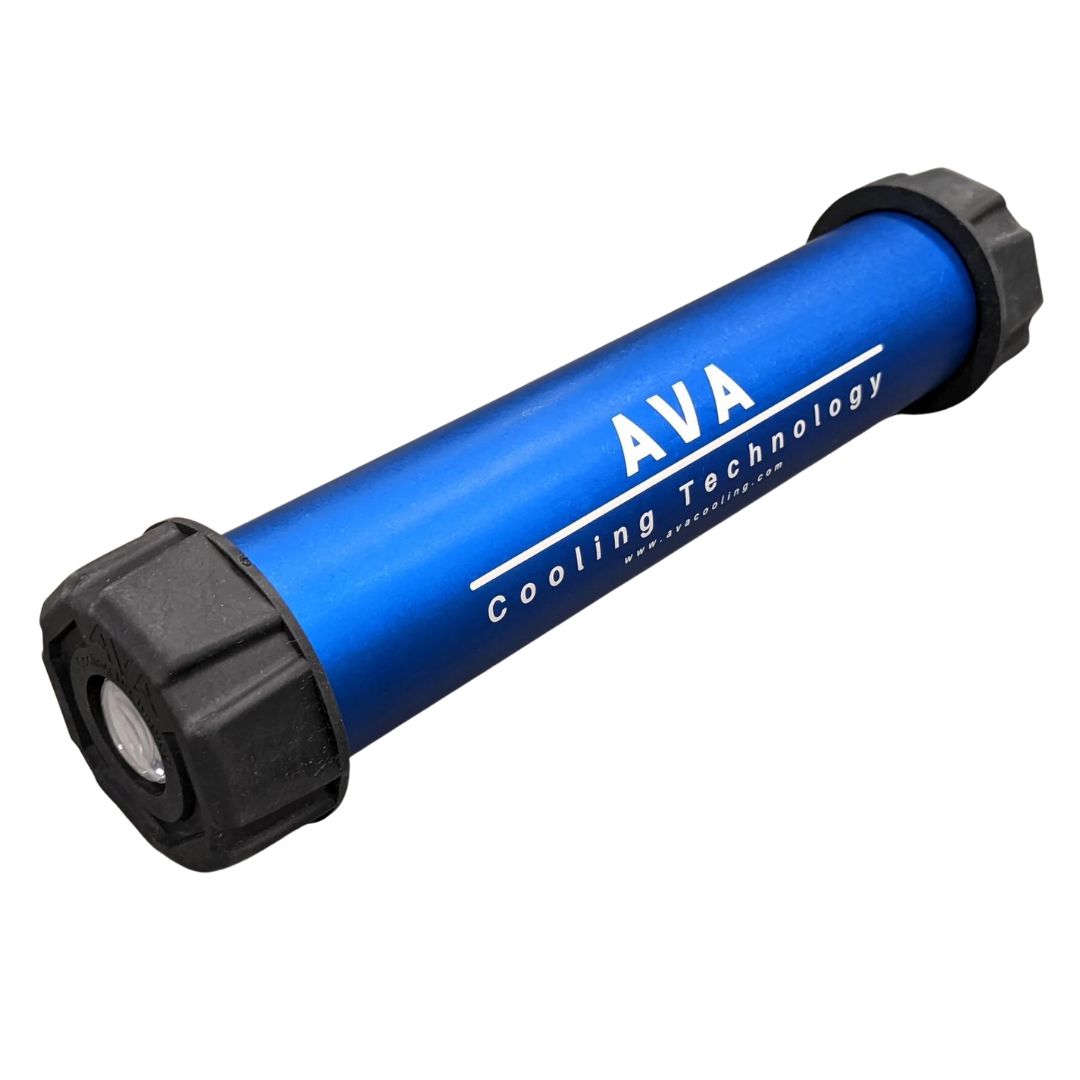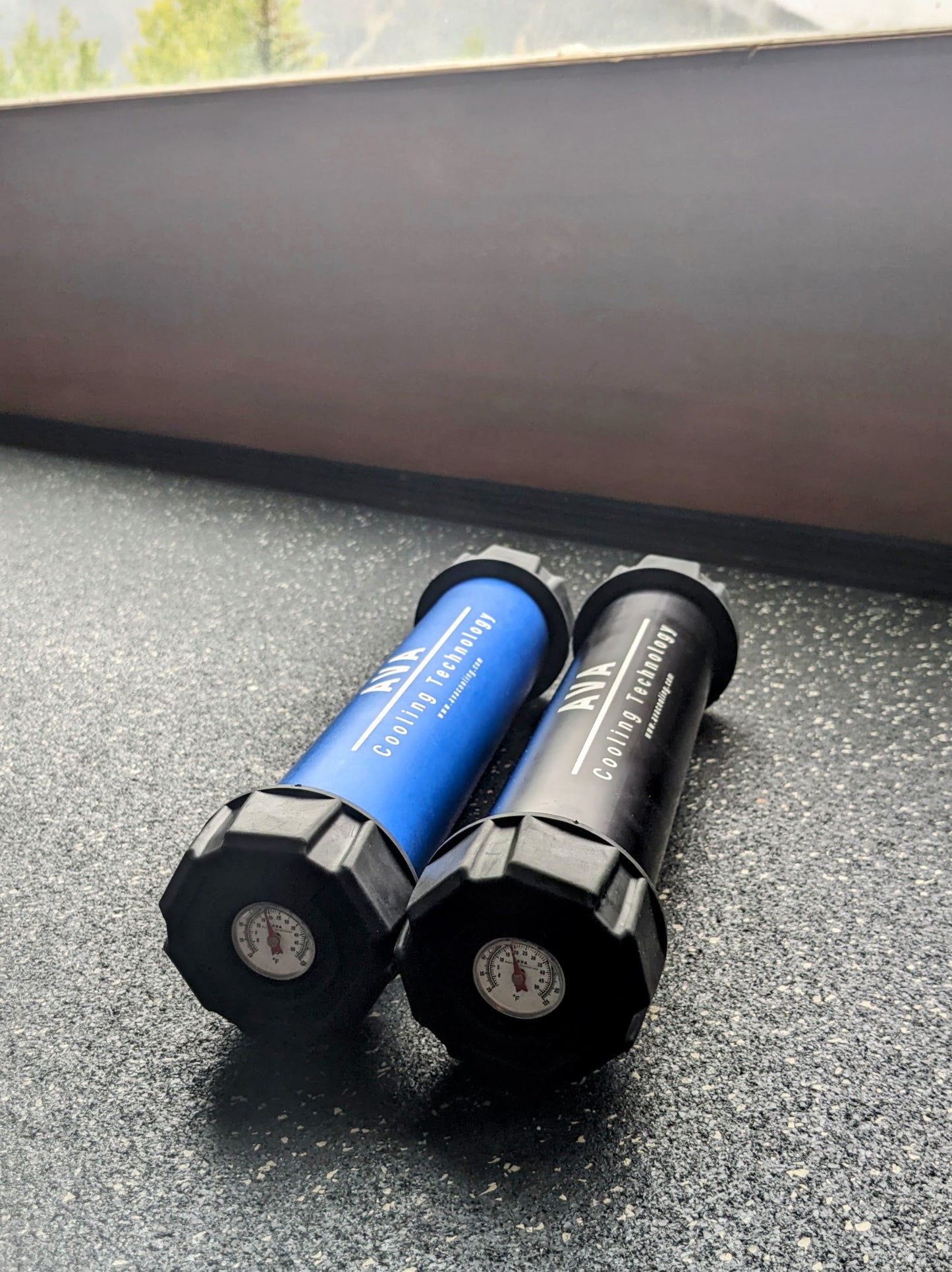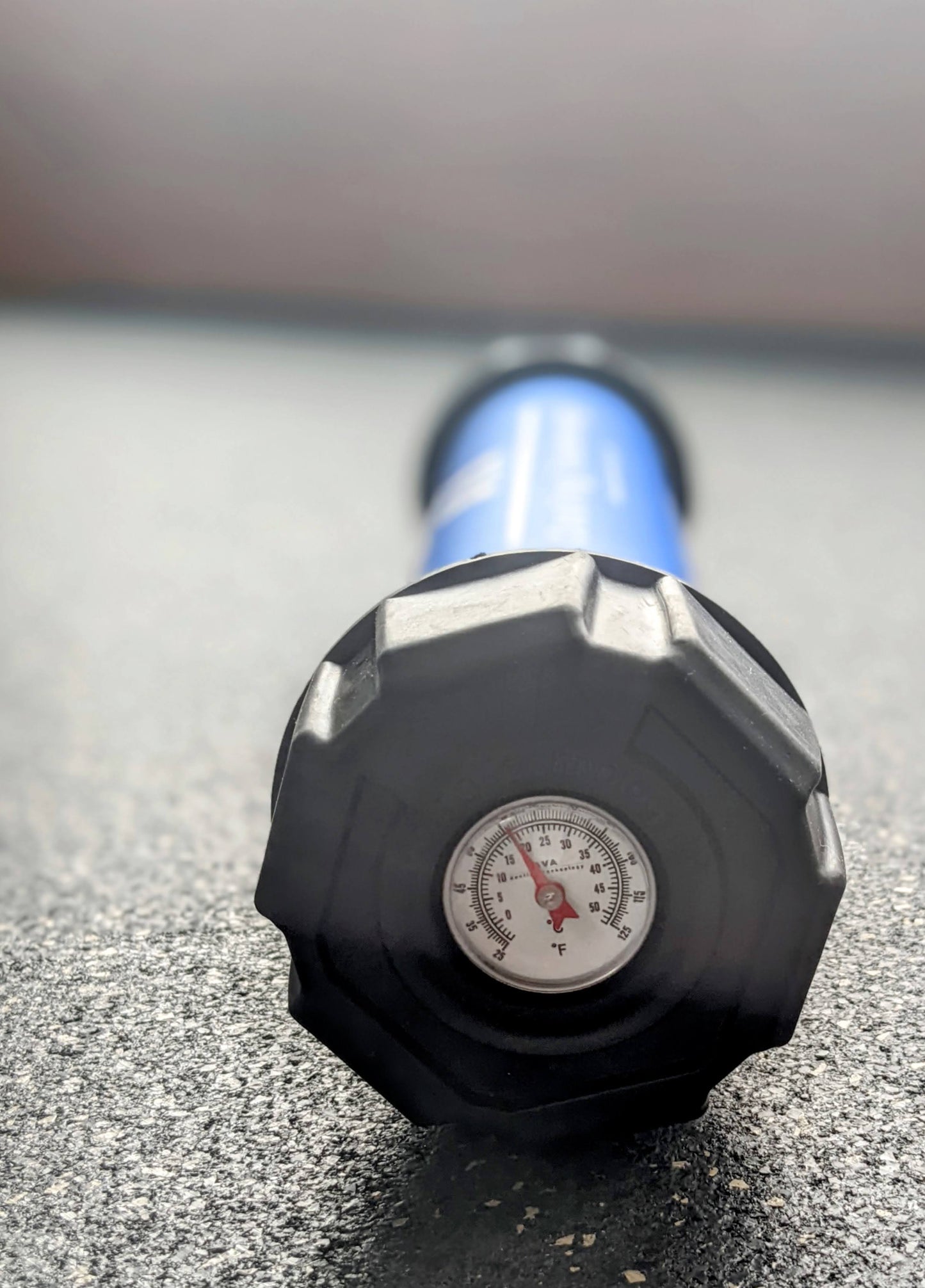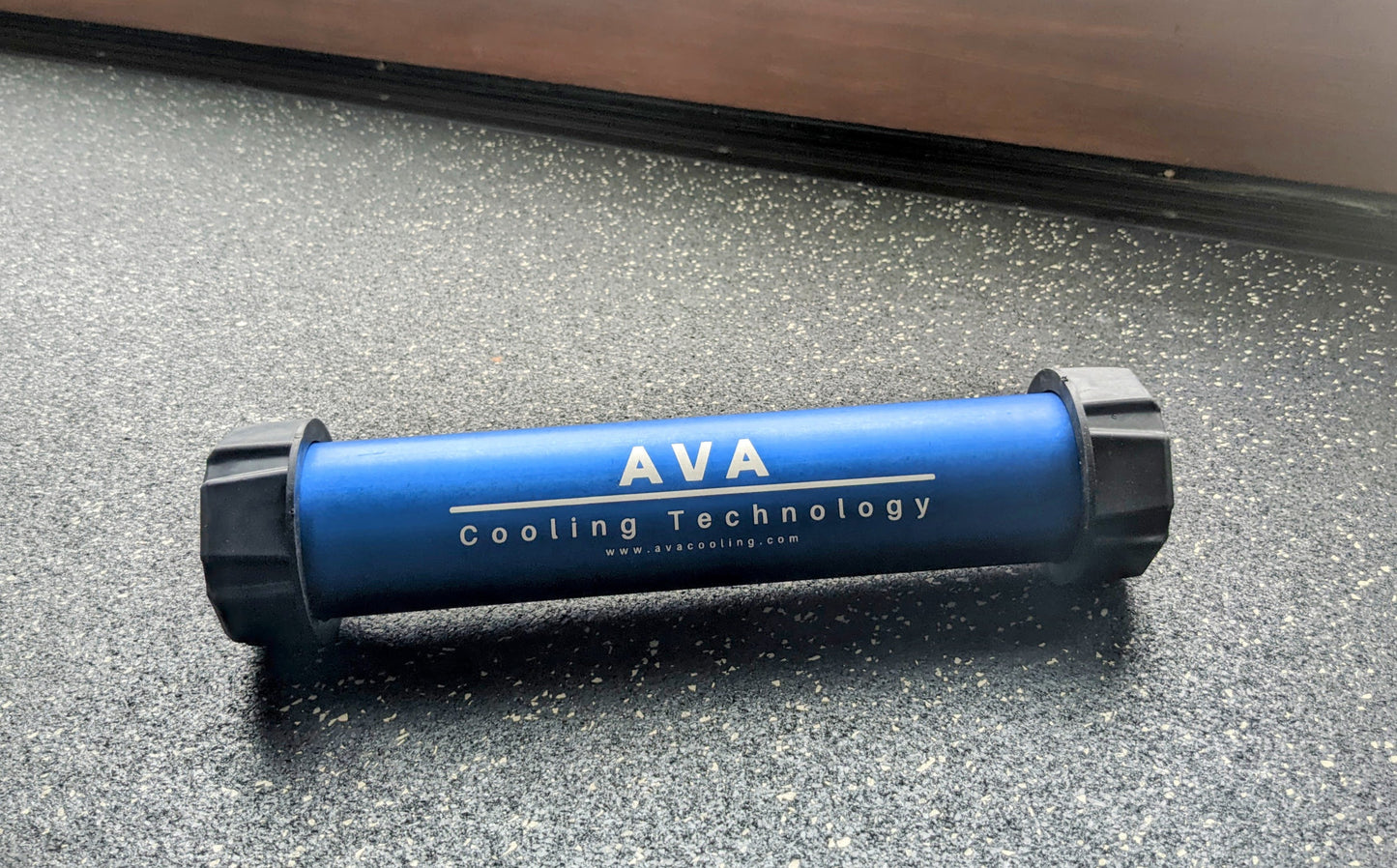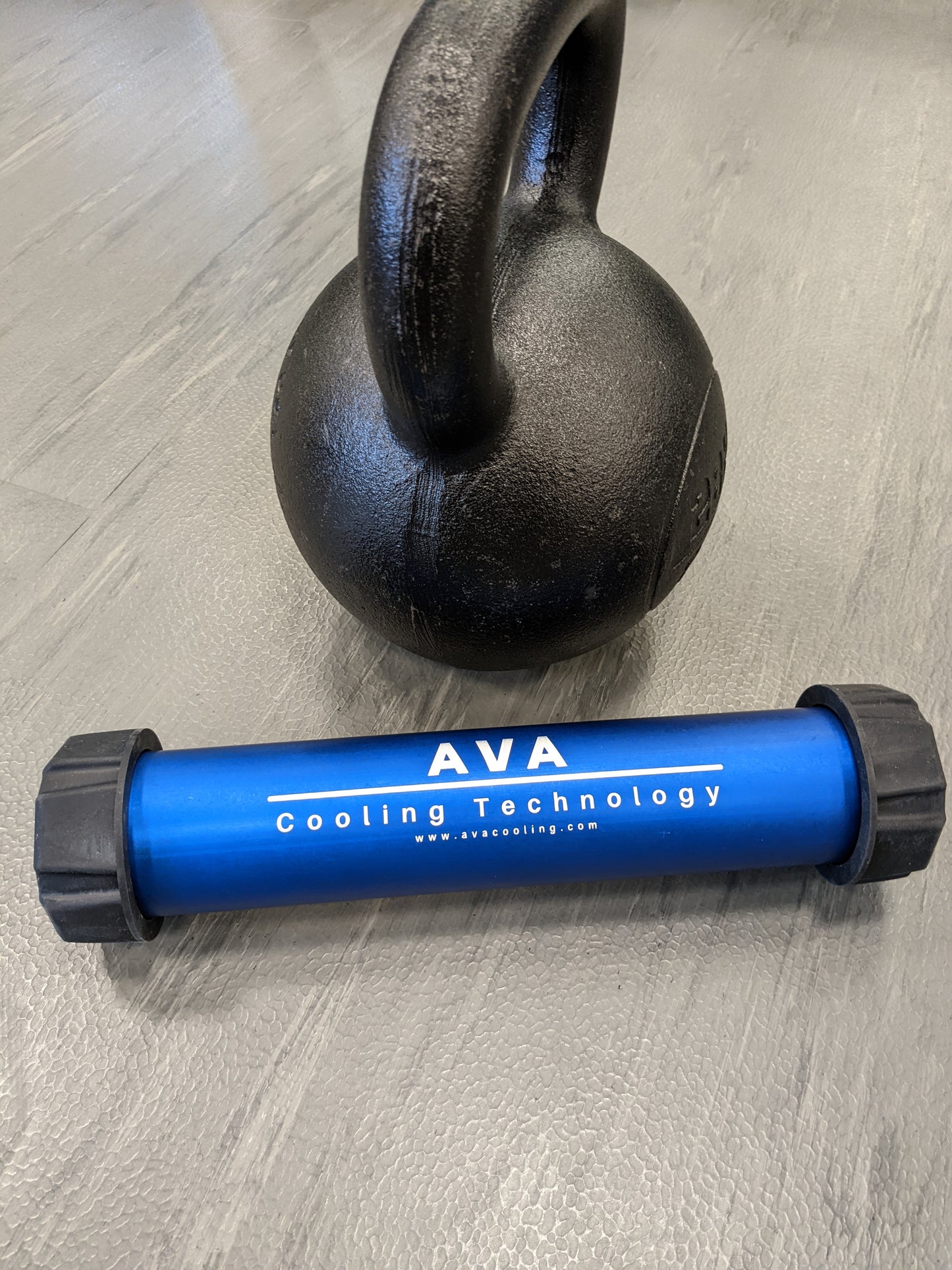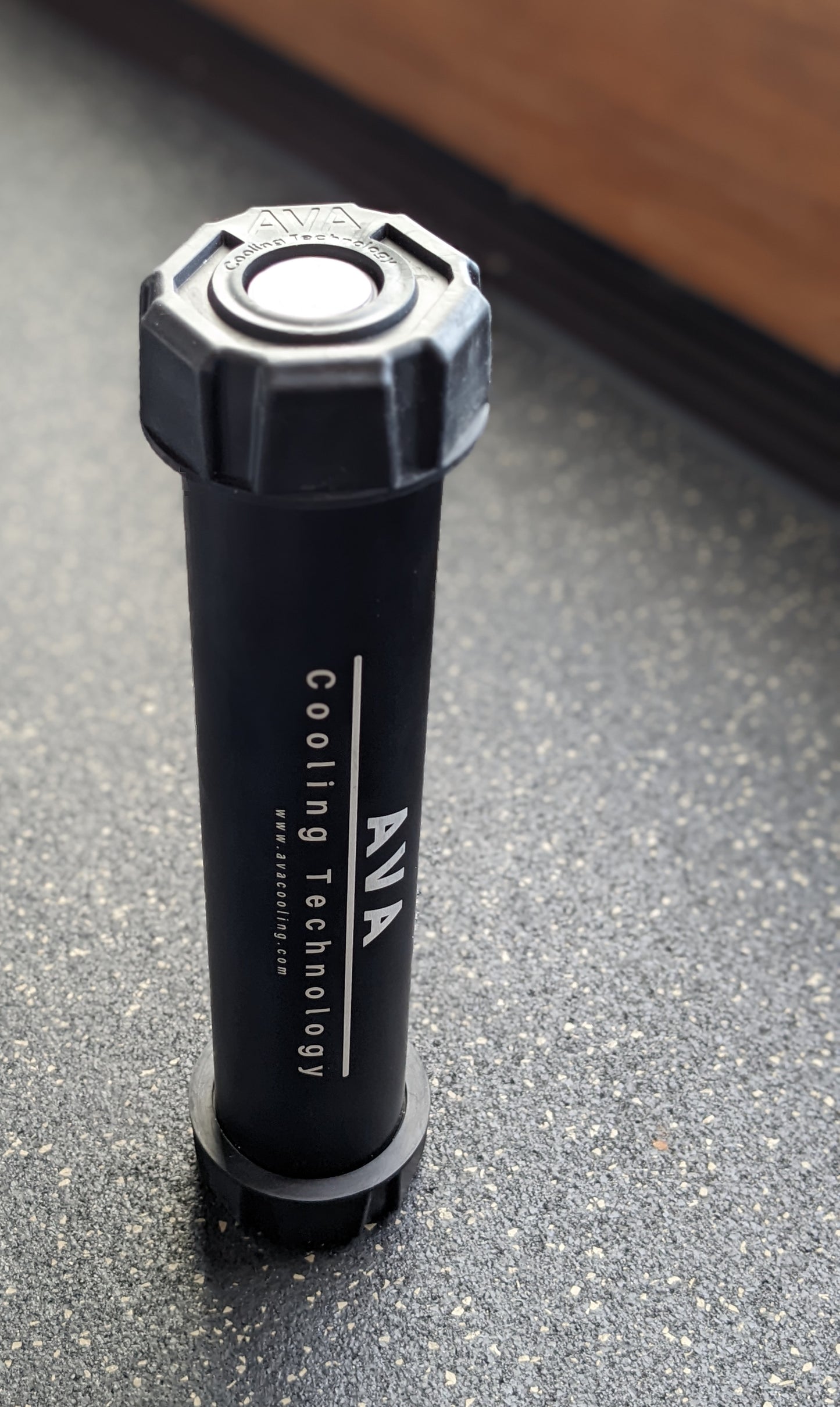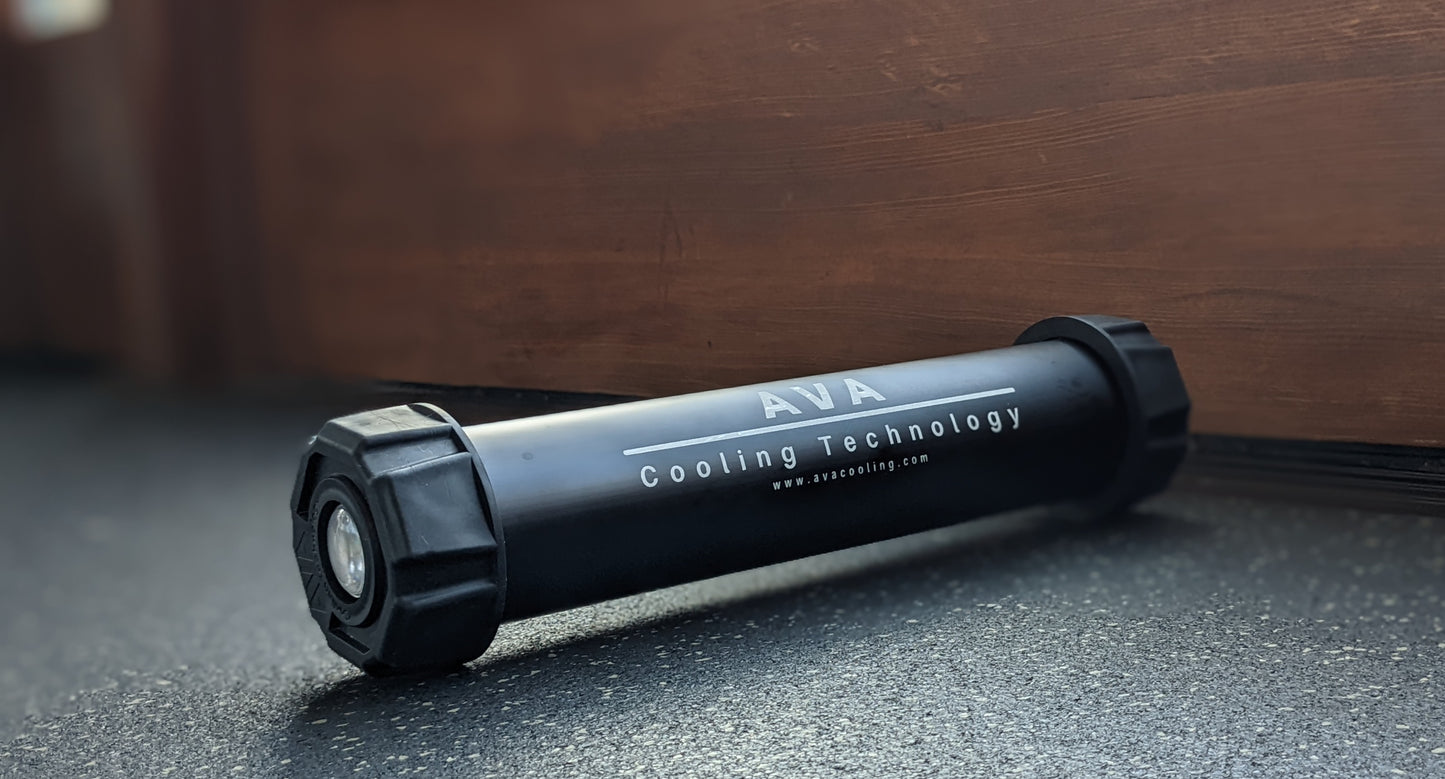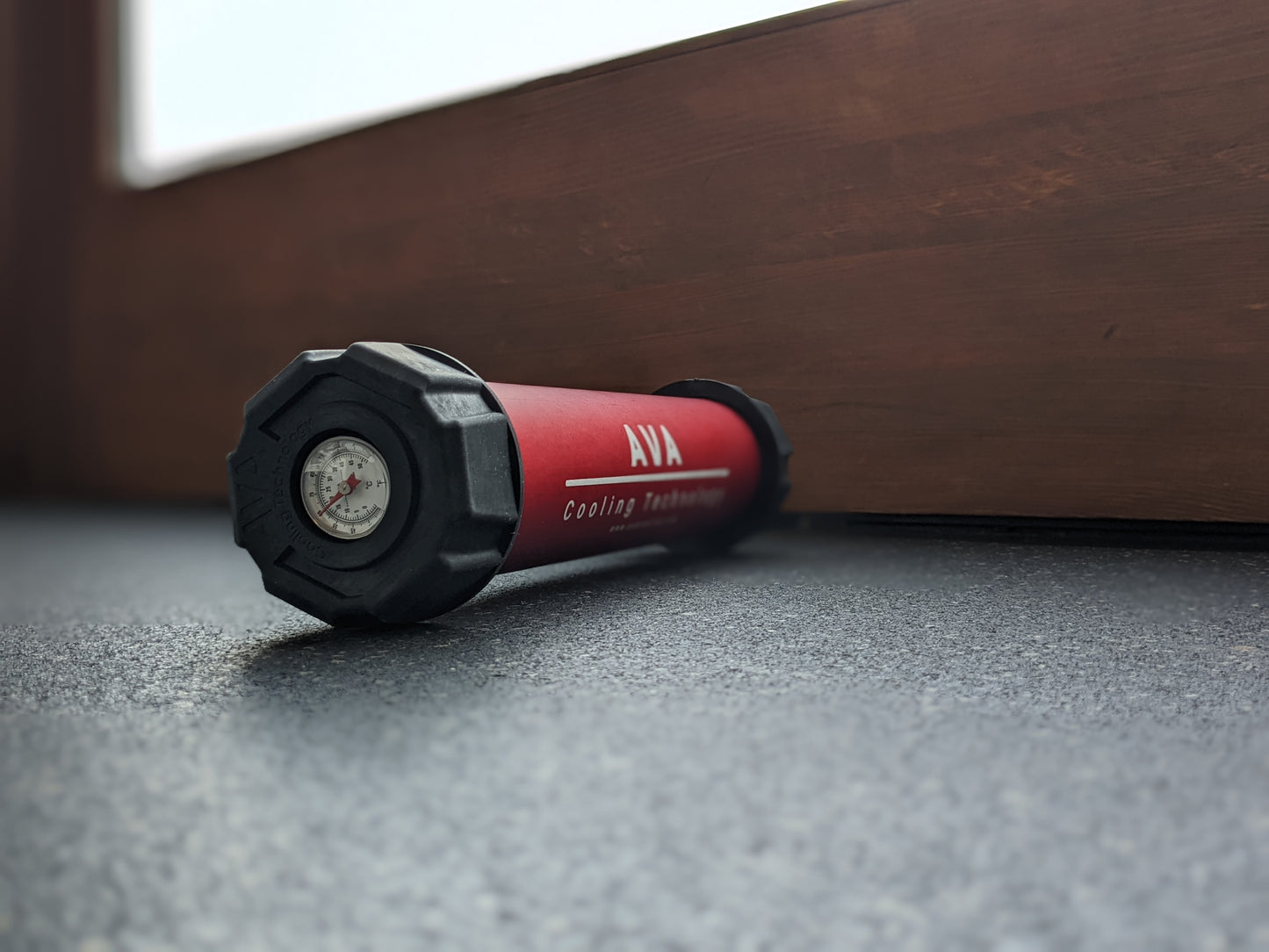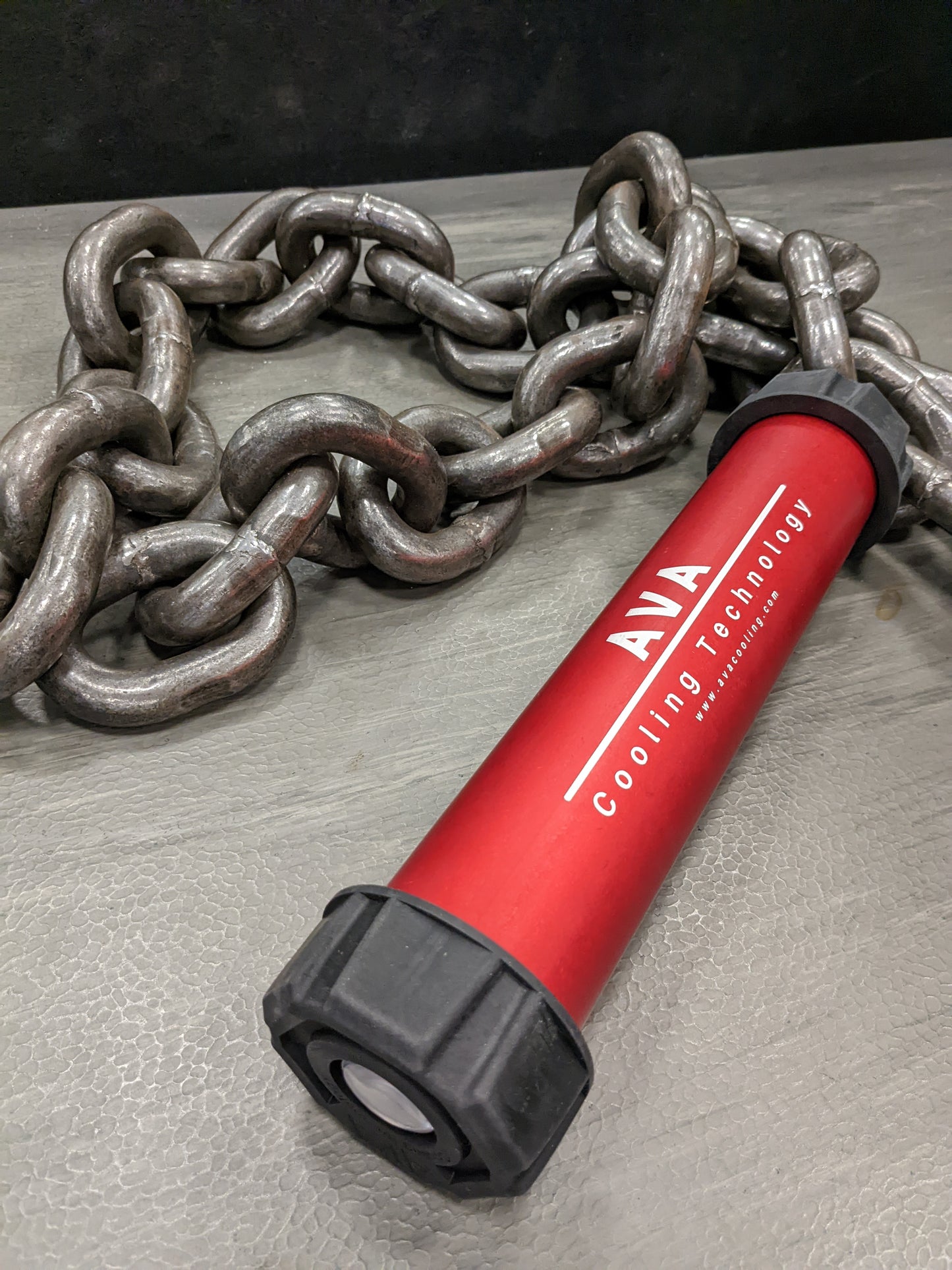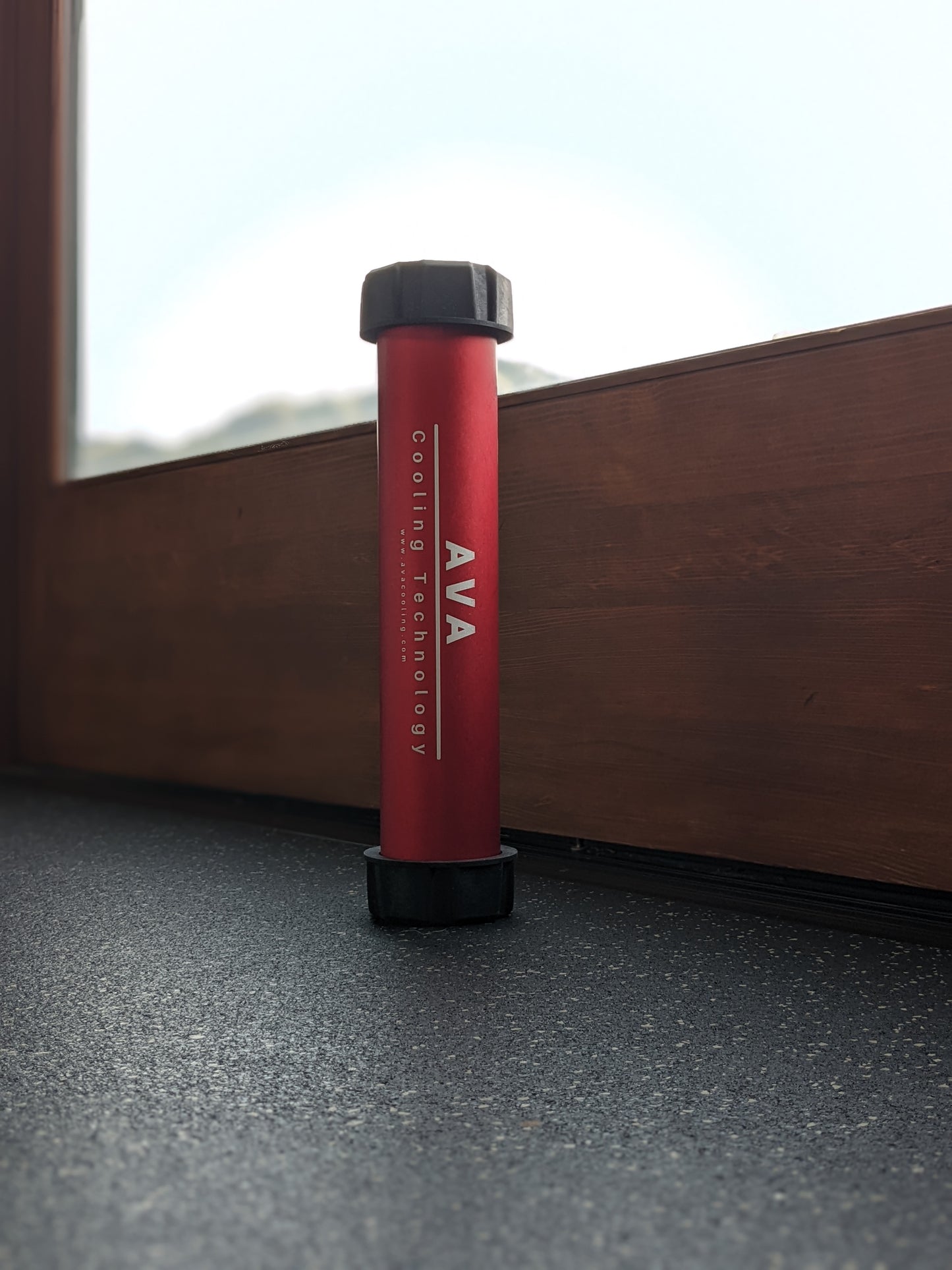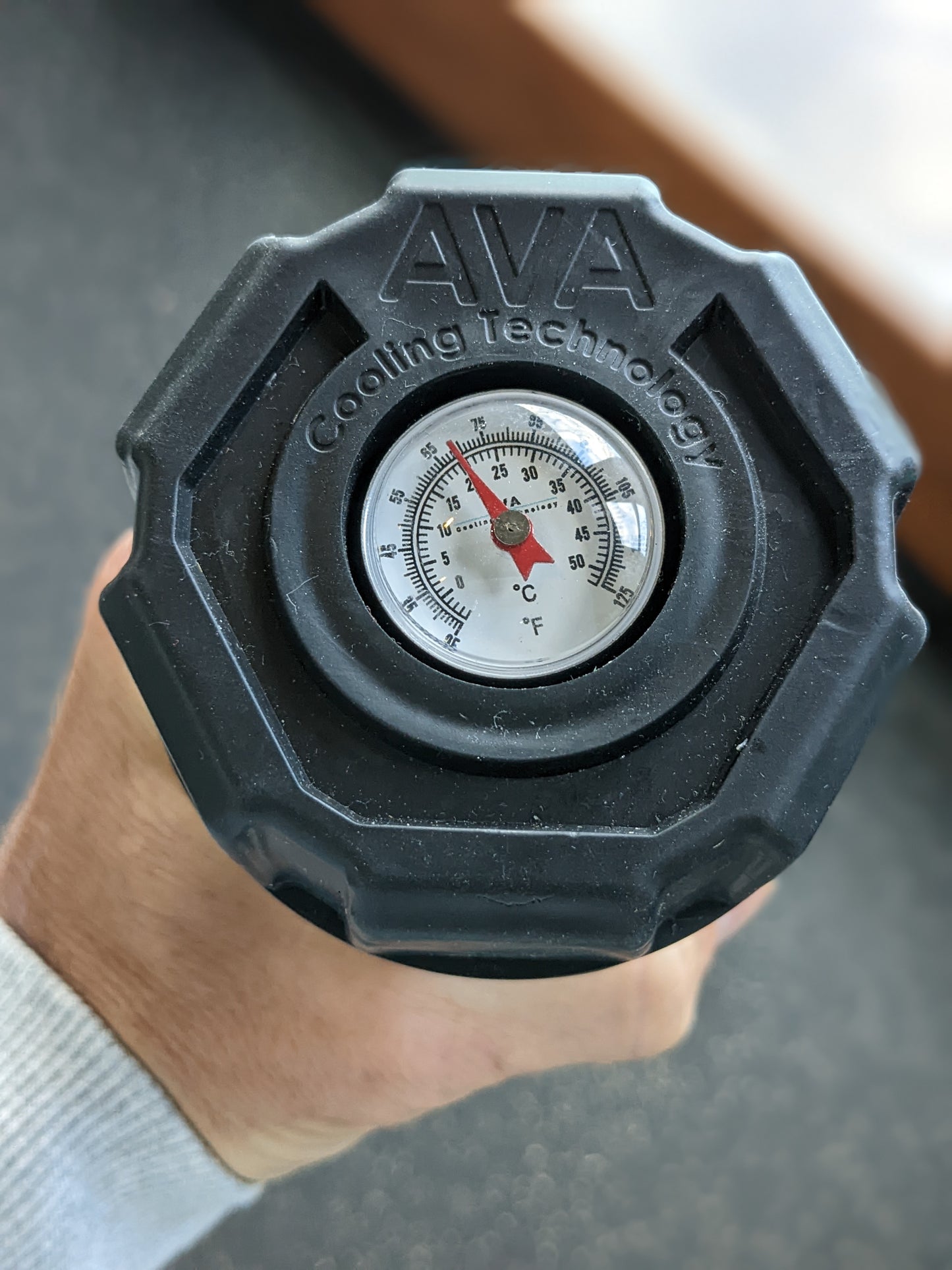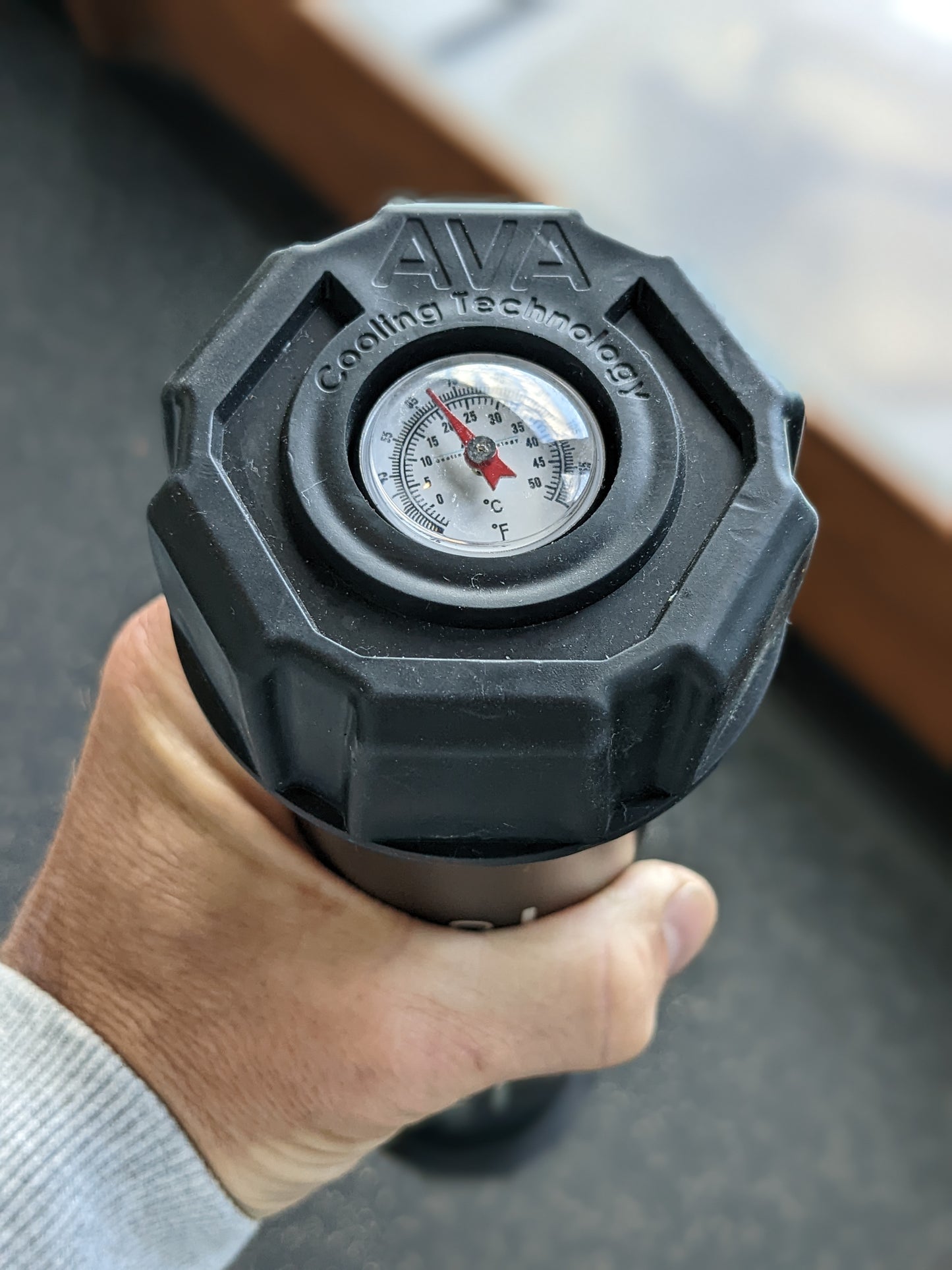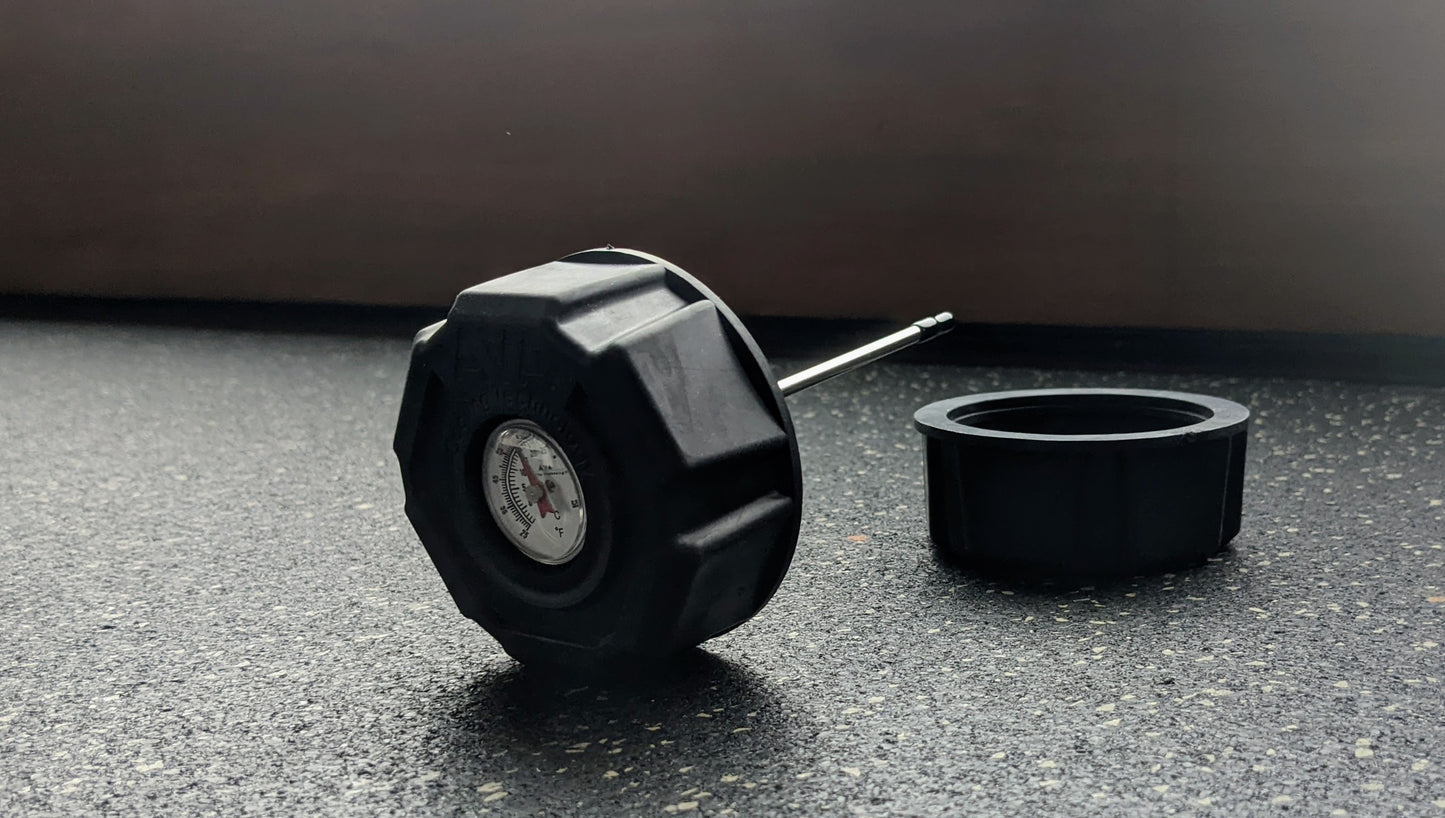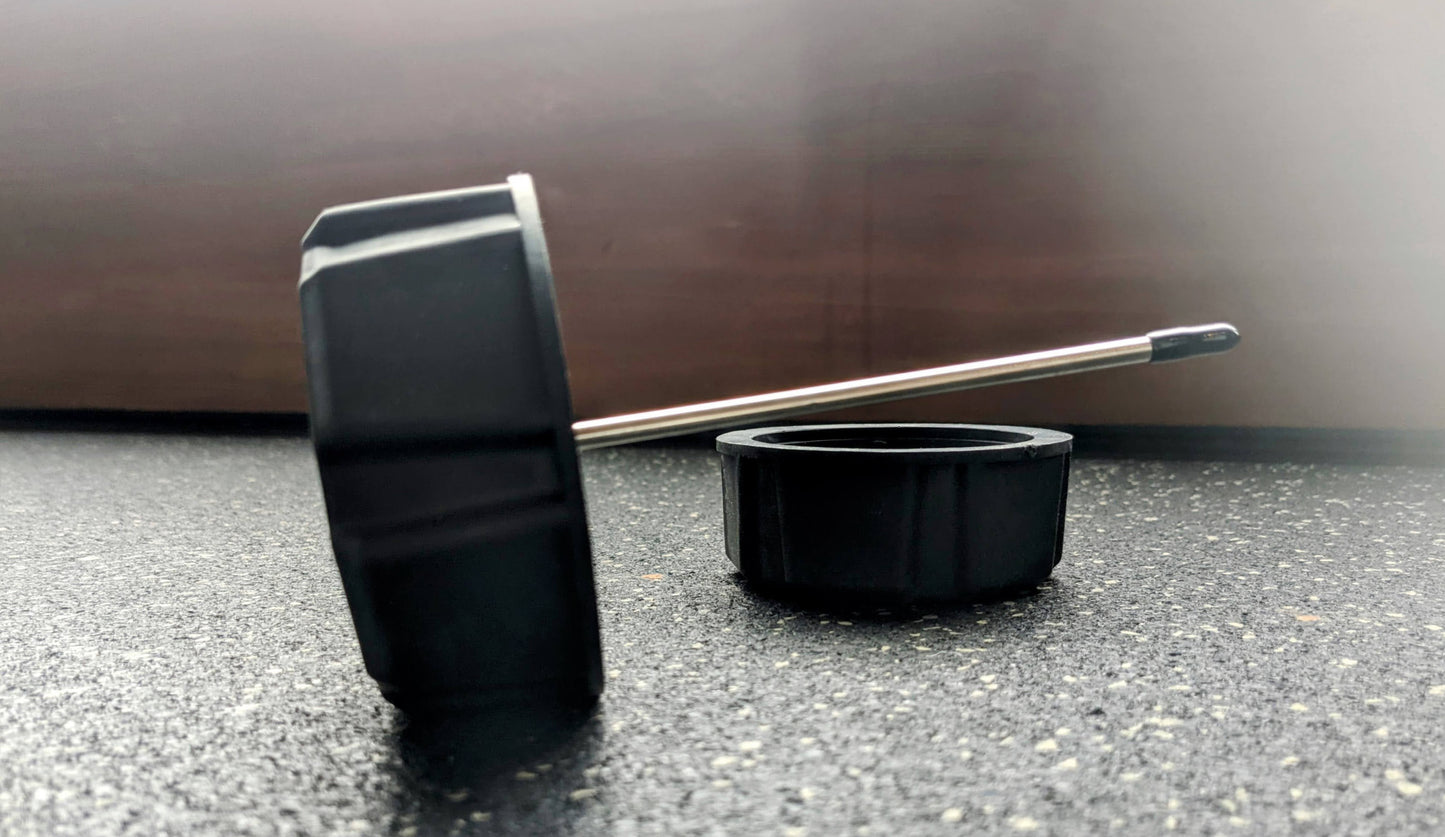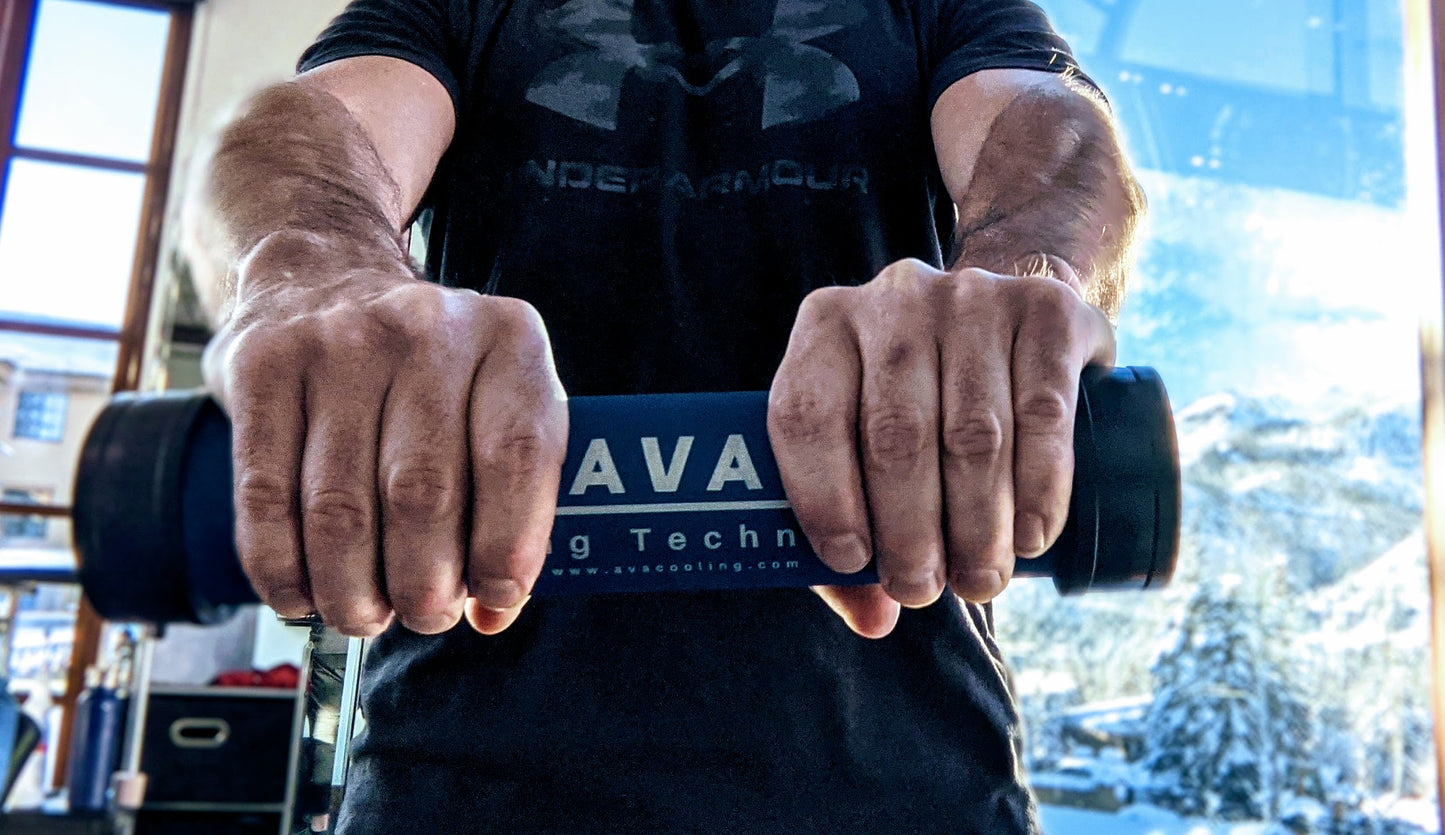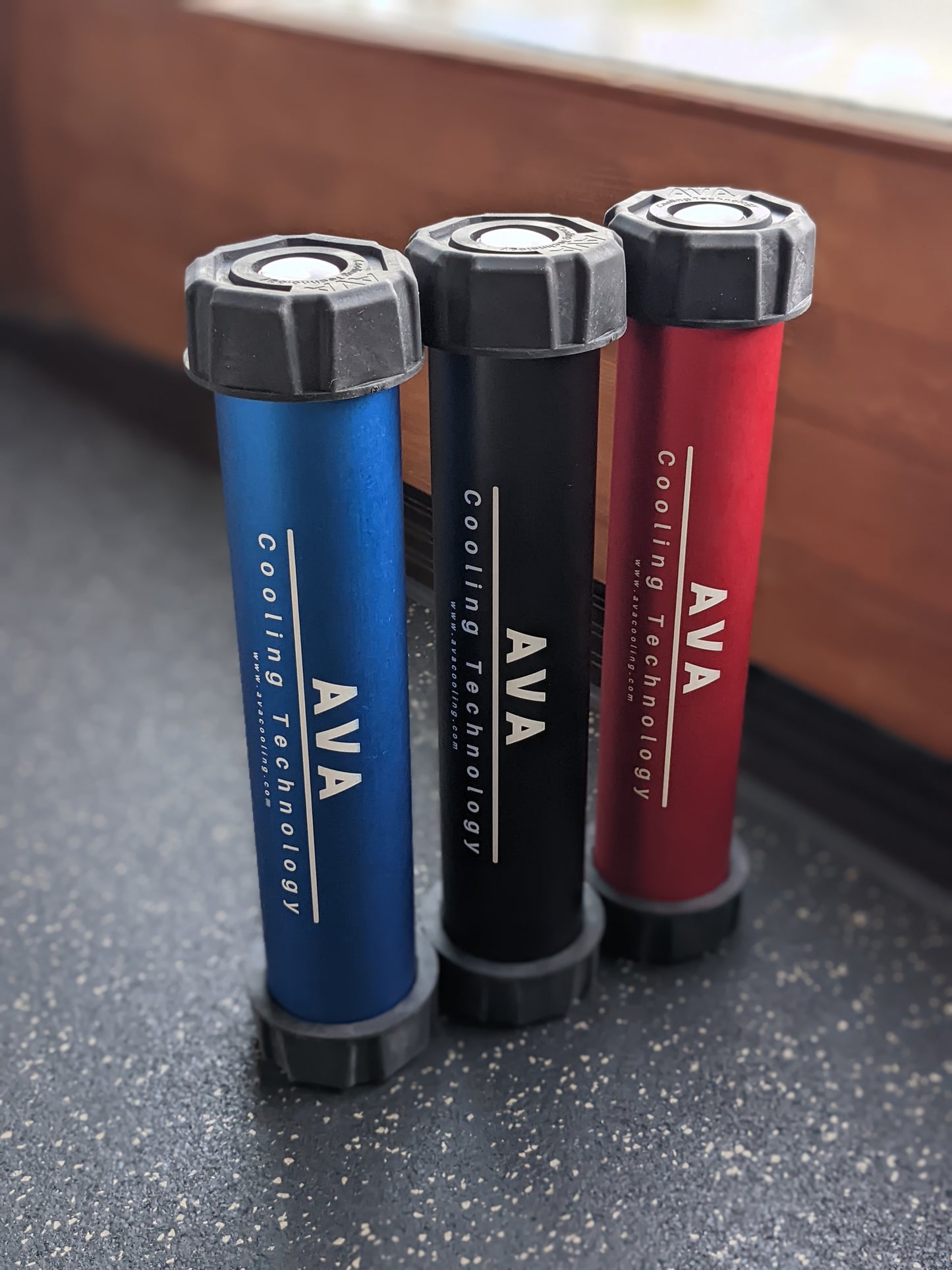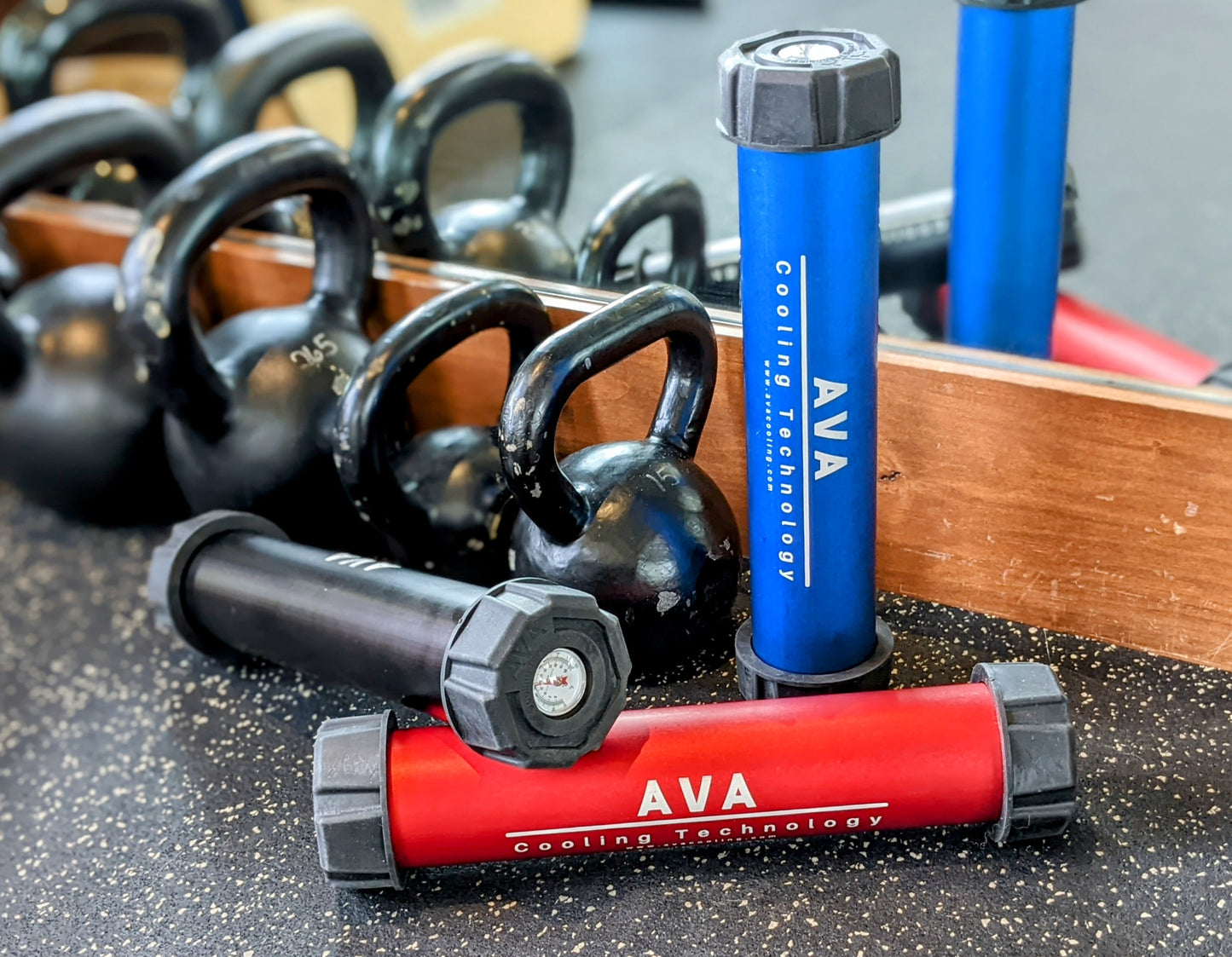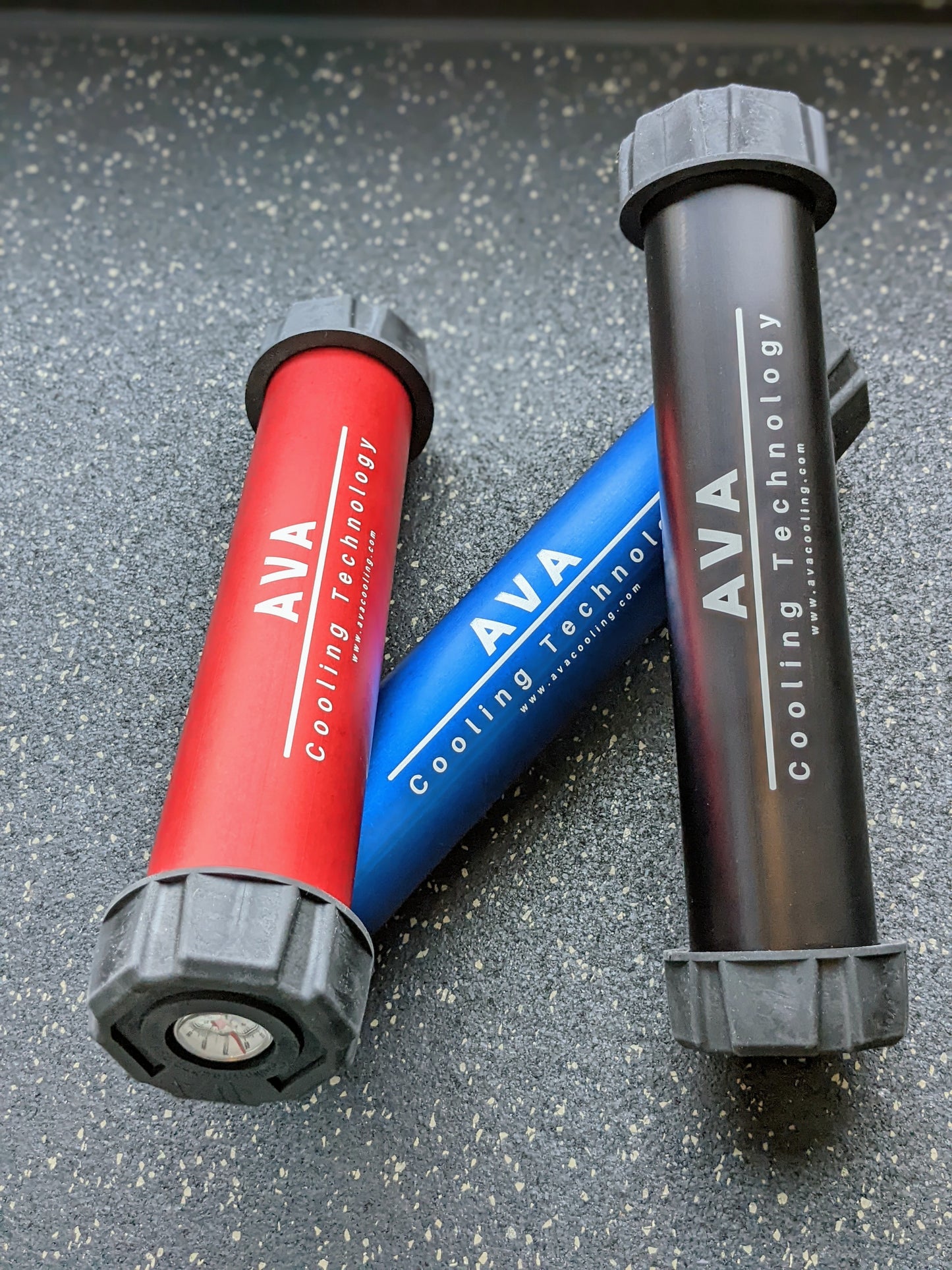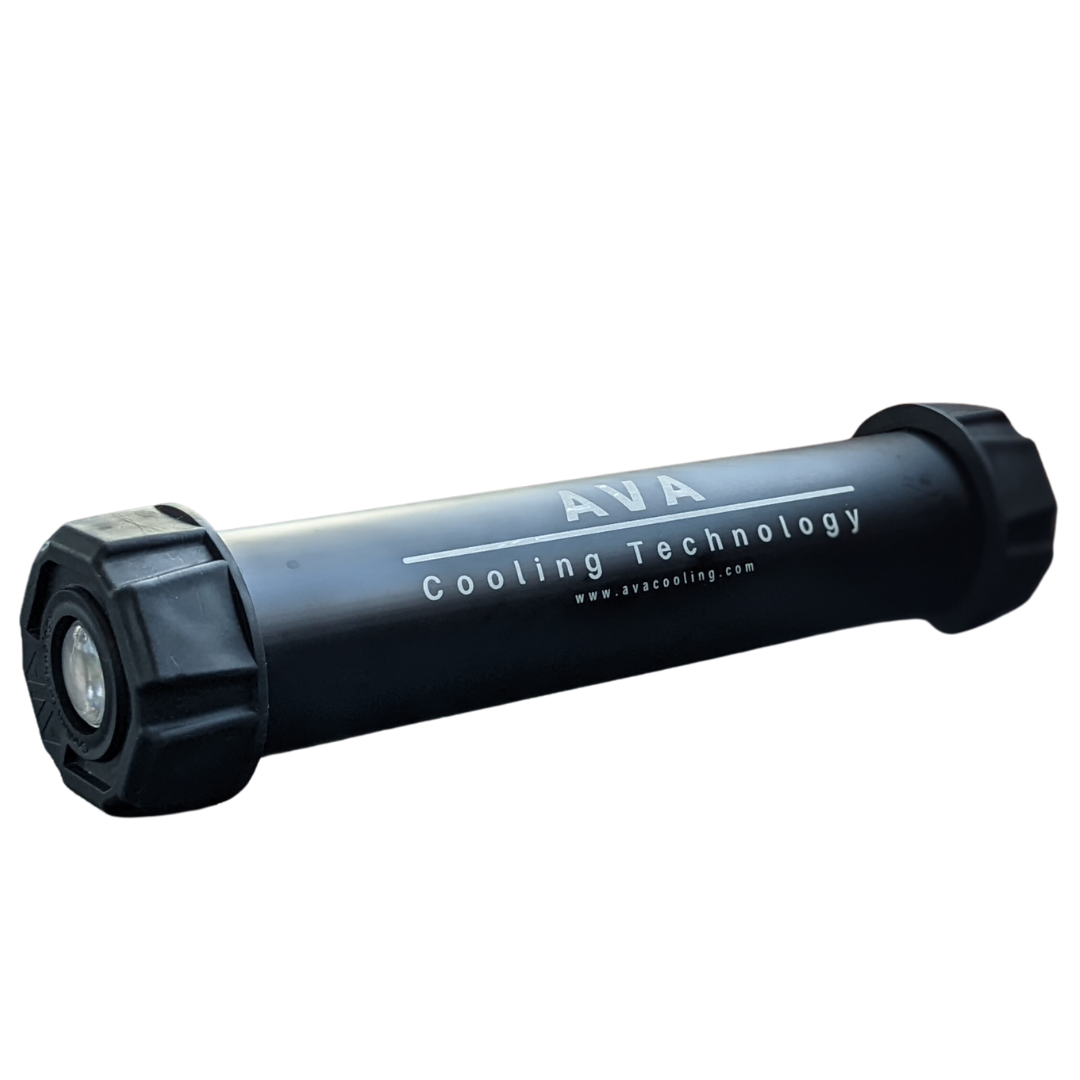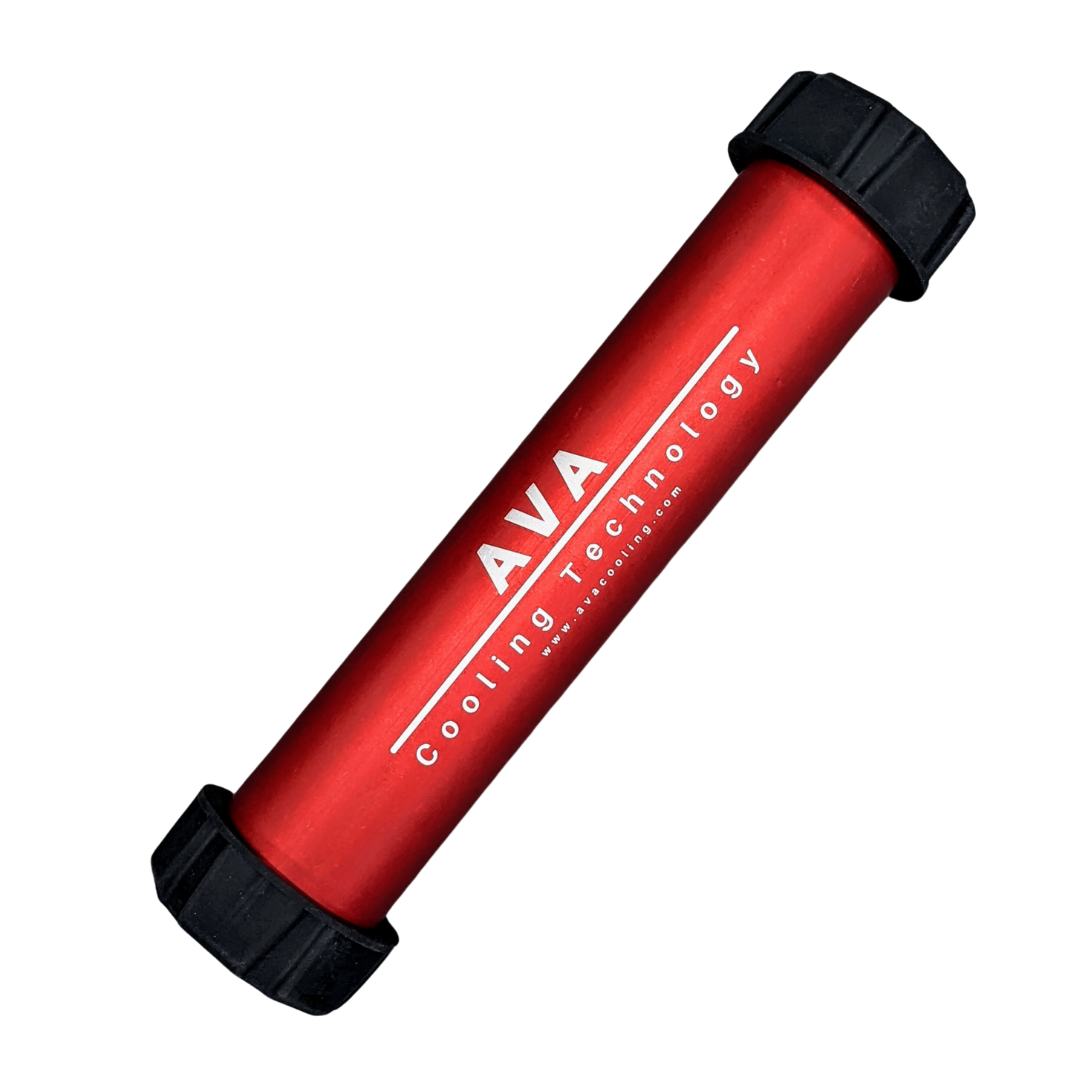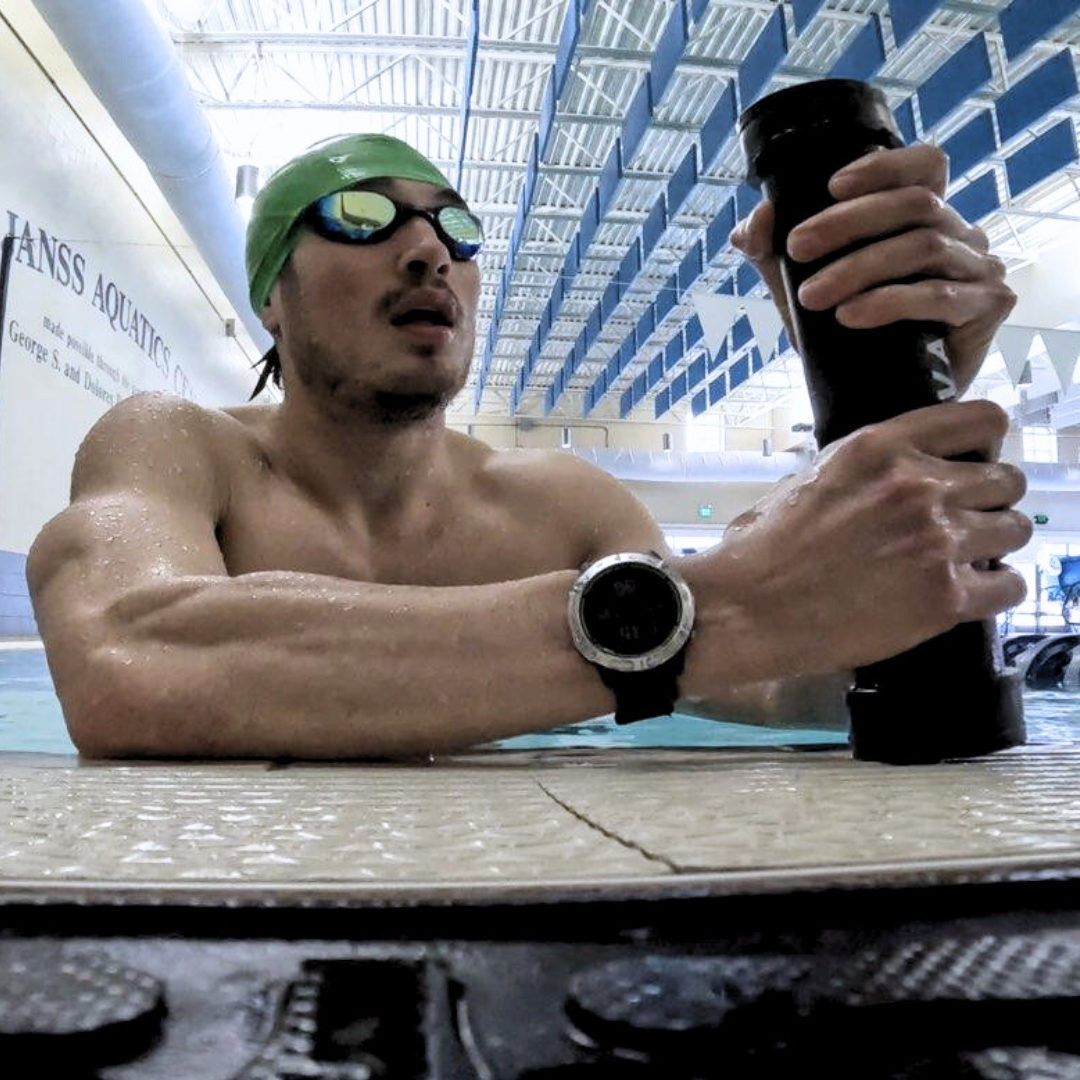
WHAT'S SPECIAL ABOUT THE PALM OF YOUR HANDS?
The skin on the palms of our hands is different than other parts of our body. It's because they contain glabrous skin, hairless skin with specialized blood vessels that enable rapid heat exchange. Meaning, how your body releases heat to cool down, or absorbs heat to warm up, is done more rapidly through our palms because of the vascular properties found in glabrous skin. As a result, certain types of materials will work more effectively at exchanging heat with our palms, resulting in a faster heat exchange process. This targeted approach allows for efficient cooling, enhanced recovery and improved performance.
PHYSIOLOGY
-
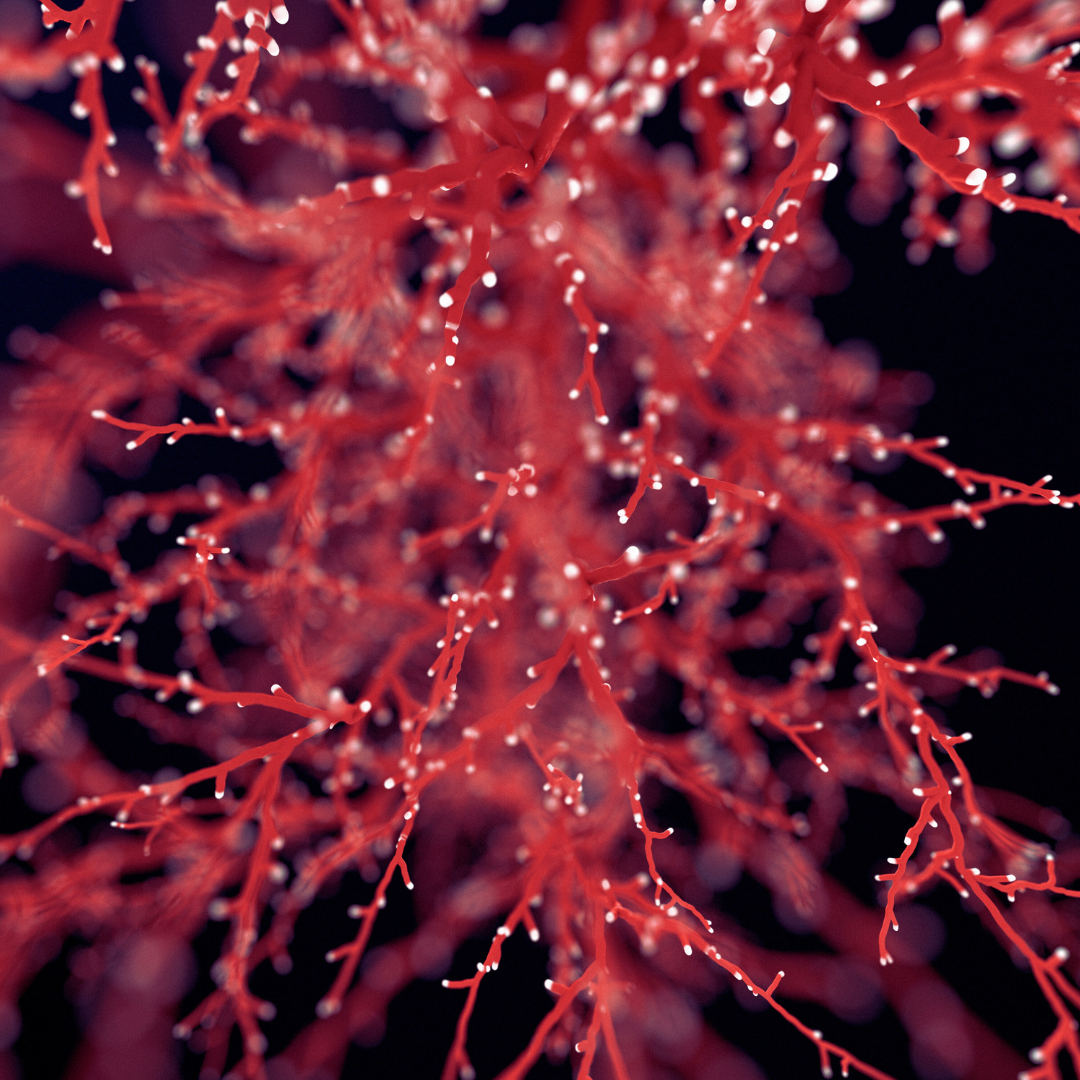
ARTERIOVENOUS ANASTOMESES (AVAs)
Arteriovenous anastomoses (AVAs) are special blood vessels in areas like your palms that connect arteries (which carry blood from the heart) directly to veins (which return blood to the heart). Unlike normal capillaries, these vessels allow a large amount of blood to flow quickly, which helps release or retain heat. This makes AVAs important for controlling your body temperature efficiently.
-
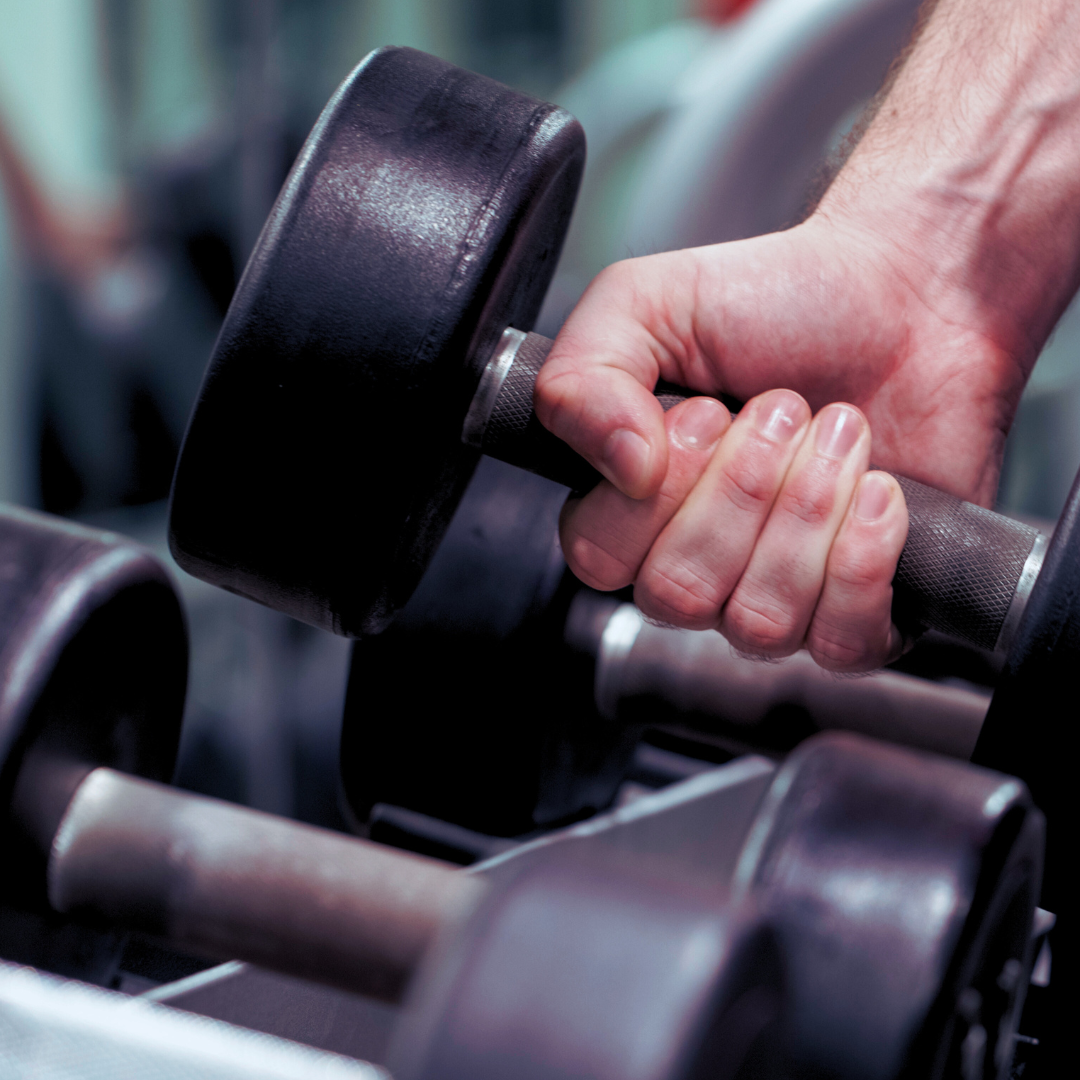
GLABROUS SKIN
Glabrous skin is the smooth, hairless skin found on the palms of your hands, soles of your feet, and fingertips that contain the specialized blood vessels — AVAs. When the palms are cooled, the blood in these vessels loses heat quickly, and this cooler blood circulates back into the body, lowering core temperature.
-
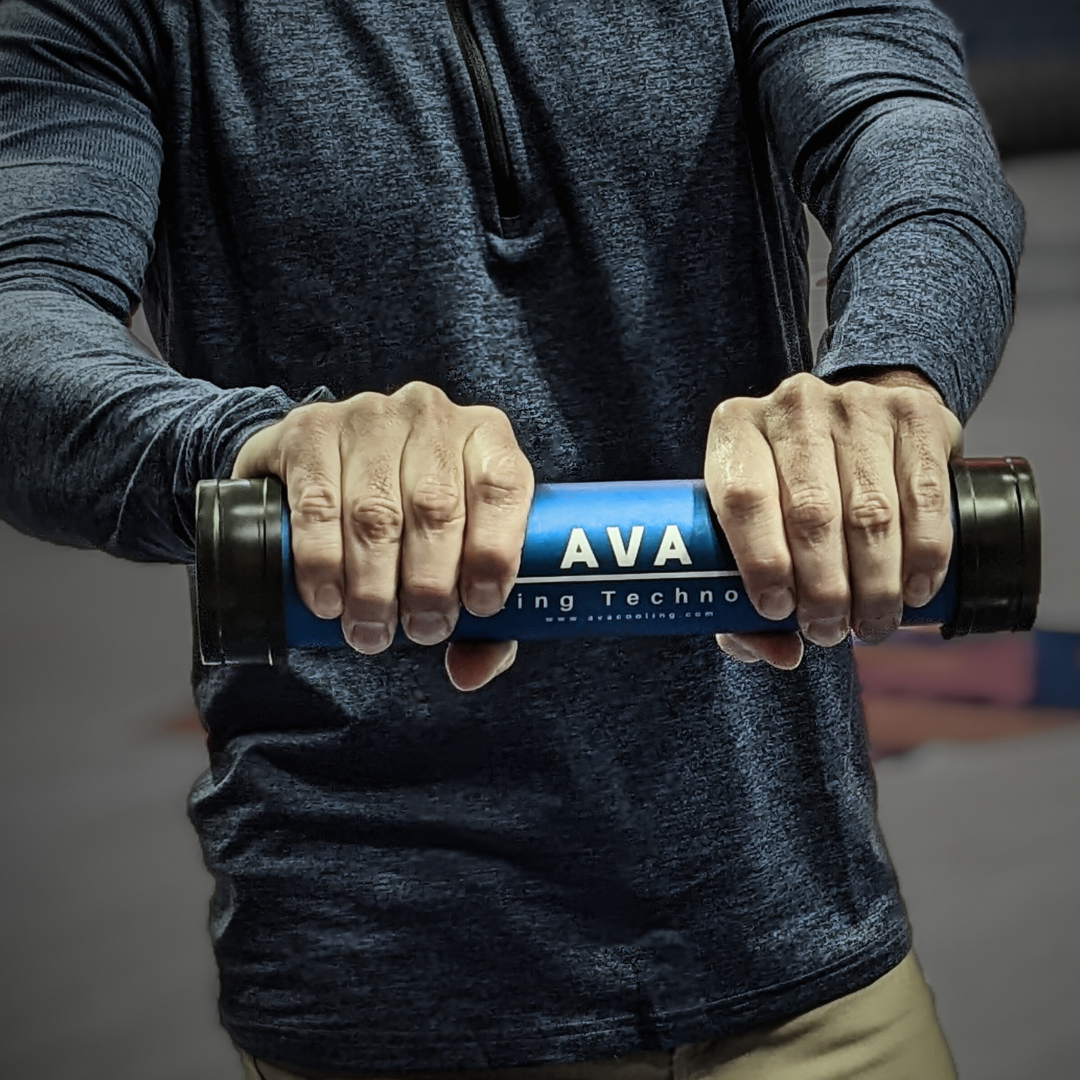
REDUCES THERMAL STRAIN
This rapid cooling reduces thermal strain on muscles and organs, delays fatigue, and improves overall physiological performance. By preventing overheating, palm cooling also helps maintain focus, muscle output, and endurance — especially during intense exercise or in high-temperature environments.
THERMOREGULATION IN SPORTS WITH DR.KYLE SELA, DPT.
WHAT THE EXPERTS THINK
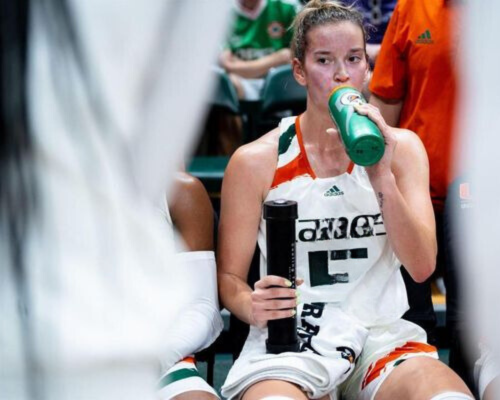
Tommy Otley, team physical therapist for U of Miami Basketball
"Palmar cooling is an evidence supported way to take advantage of our body's natural cooling system and optimize heat offloading through arteriovenous anastomoses. The AVA Charge Bar has been a valuable addition to help us better utilize this system to maximize rest periods during practices and games. Our athletes come looking for it as soon as they come out for a substitution or at timeouts and feel like it's been a great way to stay fresh thoughhout competition."
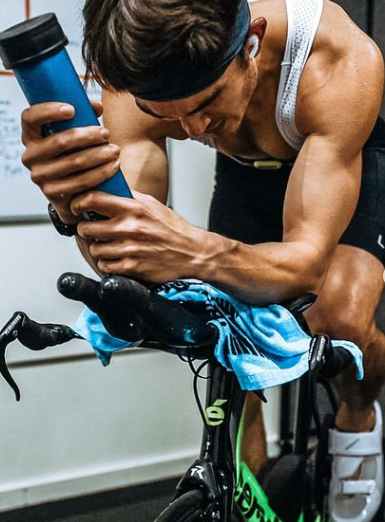
Ryan Peterson, NBA PT and Strength Coach
"While most fitness products are marketed as short cuts that promise greater results with LESS work, temperature regulation during training literally helps you do MORE work in a training session. Since it helps you recover better between sets/bouts/intervals, the added work is also of higher quality. It is a no-brainer for me to include this in performance training with all levels of my clients."
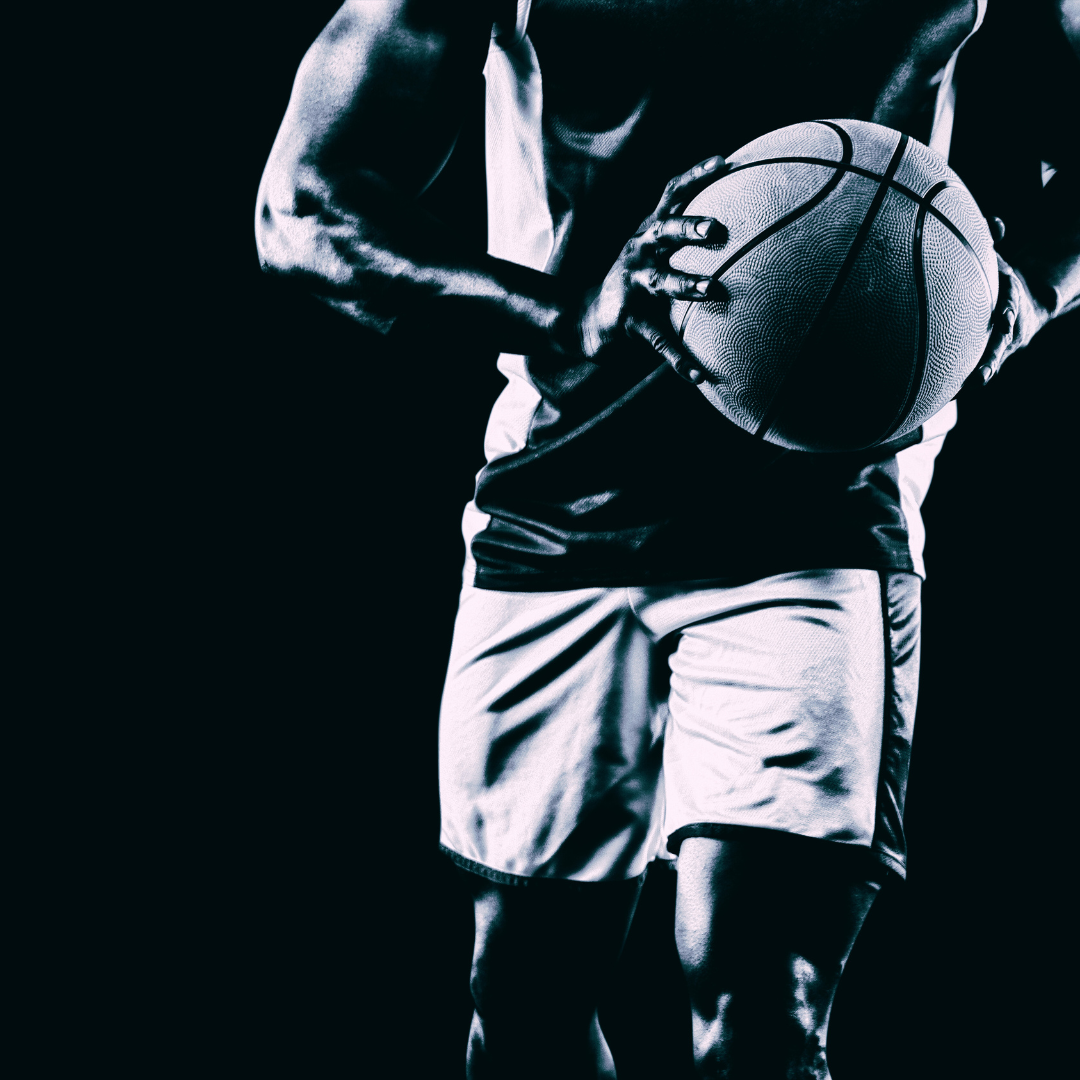
Claus Souza, NBA Strength Coach
"I just performed a lifetime PR on the deadlift of 520 pounds at age 43. The only difference in my training this year is the addition of palmar cooling."
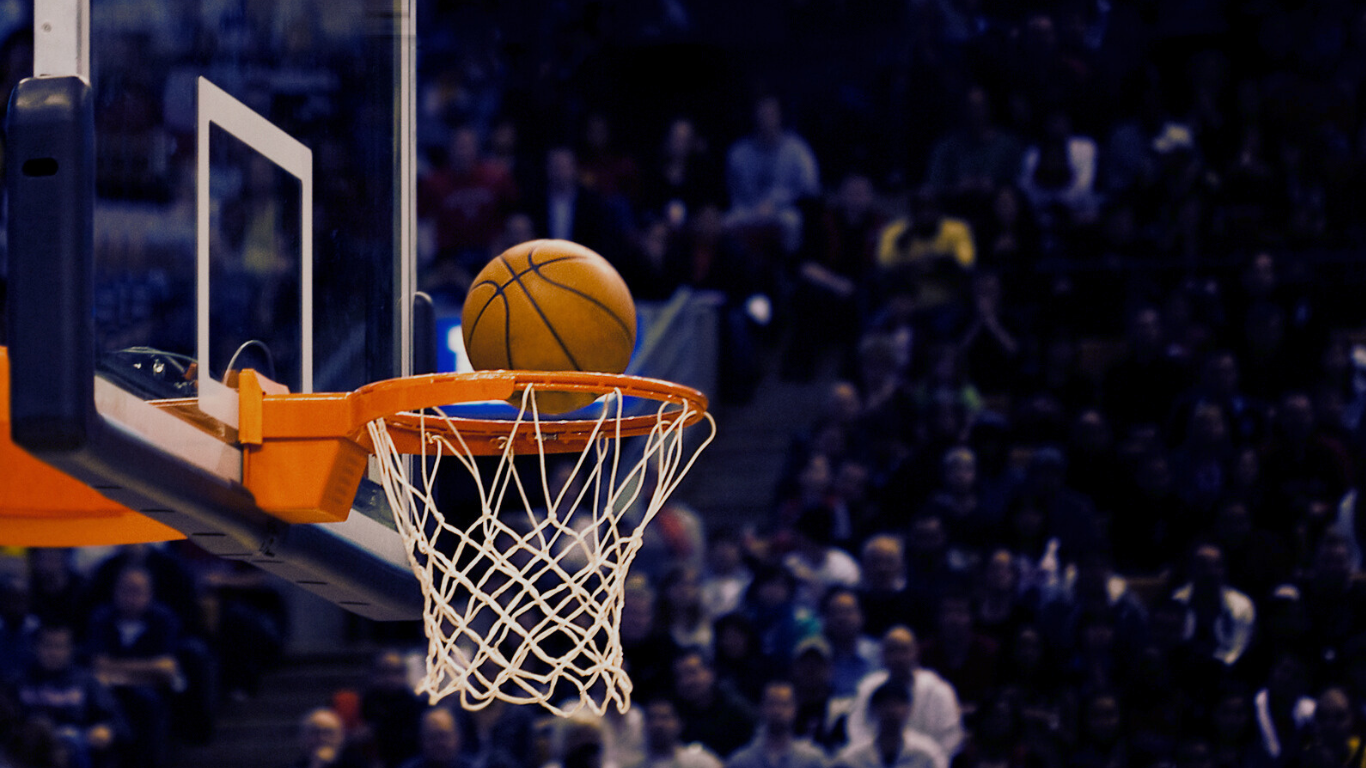
Jose Fonseca, Head Athletic Trainer, Duke University Men's Basketball
"Our guys love the AF Charge Bar. Easy to use, travel, and store. Extremely simple with unbelievable results."
AVA Cooling Tech Blog
Study examines the response strength training v...
Participants completed biweekly bench press or pull-up exercises for multiple successive weeks. Palm cooling was applied for 3 minutes between sets. The temperature of the cooling device was 15-16 degrees Celsius...
Study examines the response strength training v...
Participants completed biweekly bench press or pull-up exercises for multiple successive weeks. Palm cooling was applied for 3 minutes between sets. The temperature of the cooling device was 15-16 degrees Celsius...
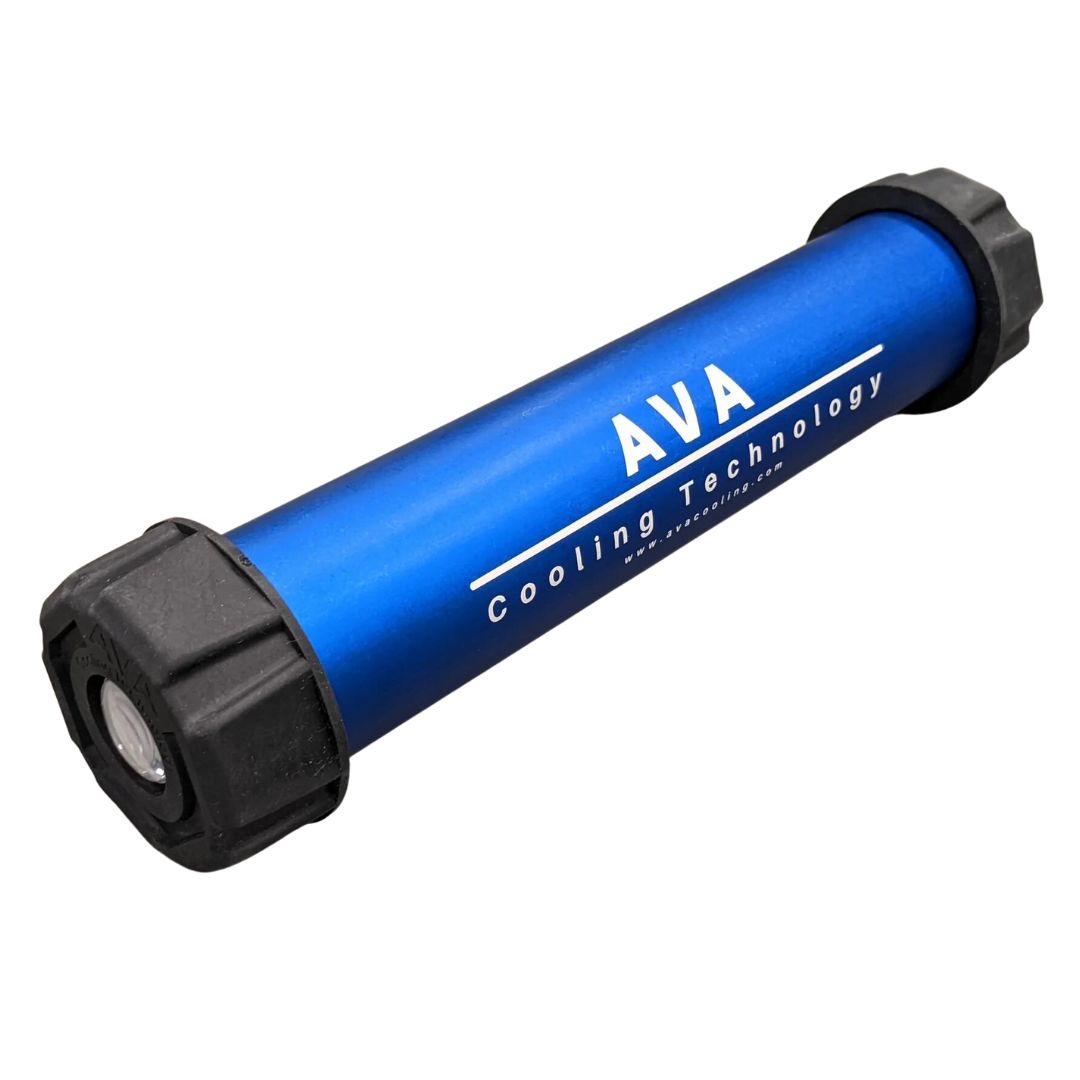
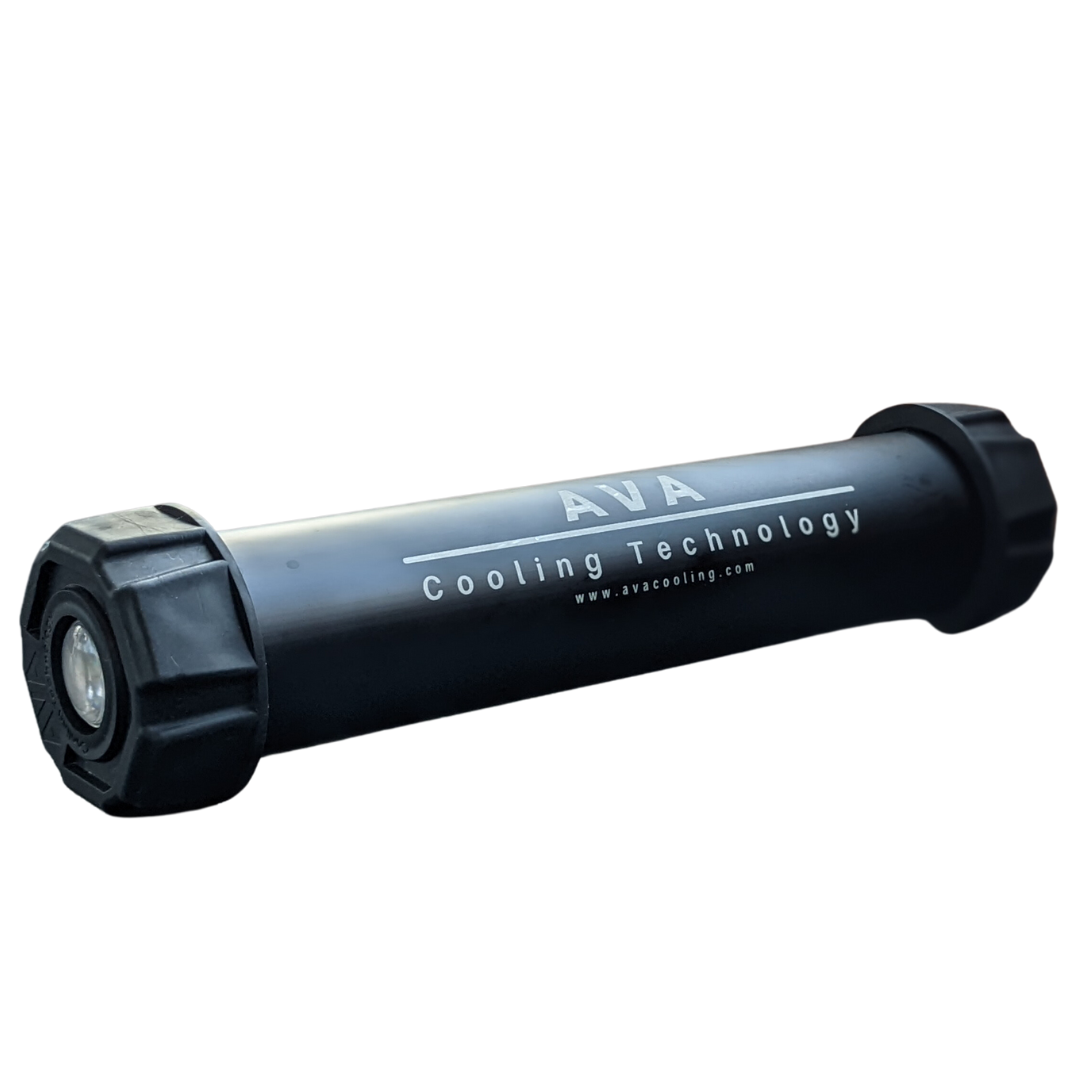
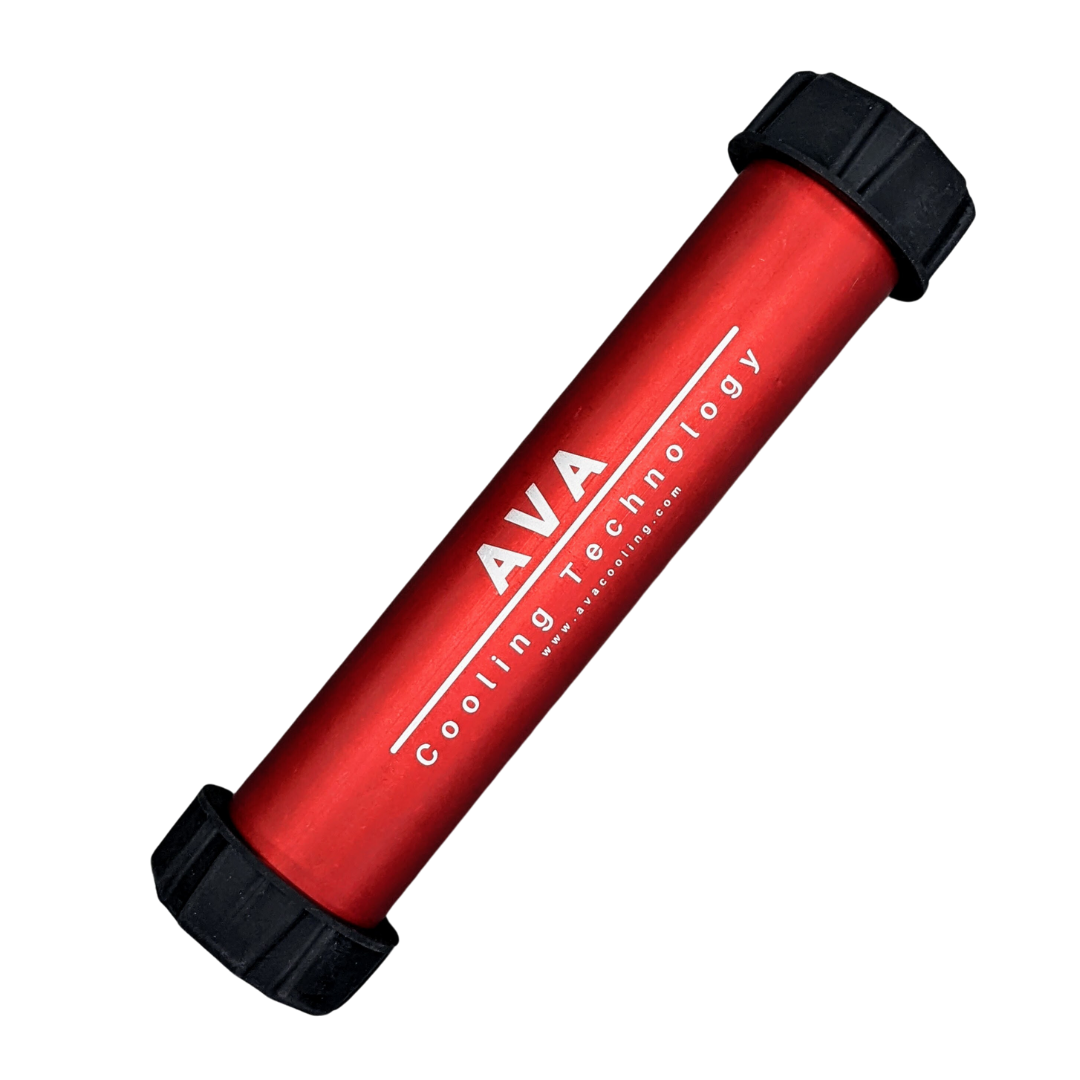
AVA Cooling Technology
Anti-Fatigue (AF) Charge Bar
Share
